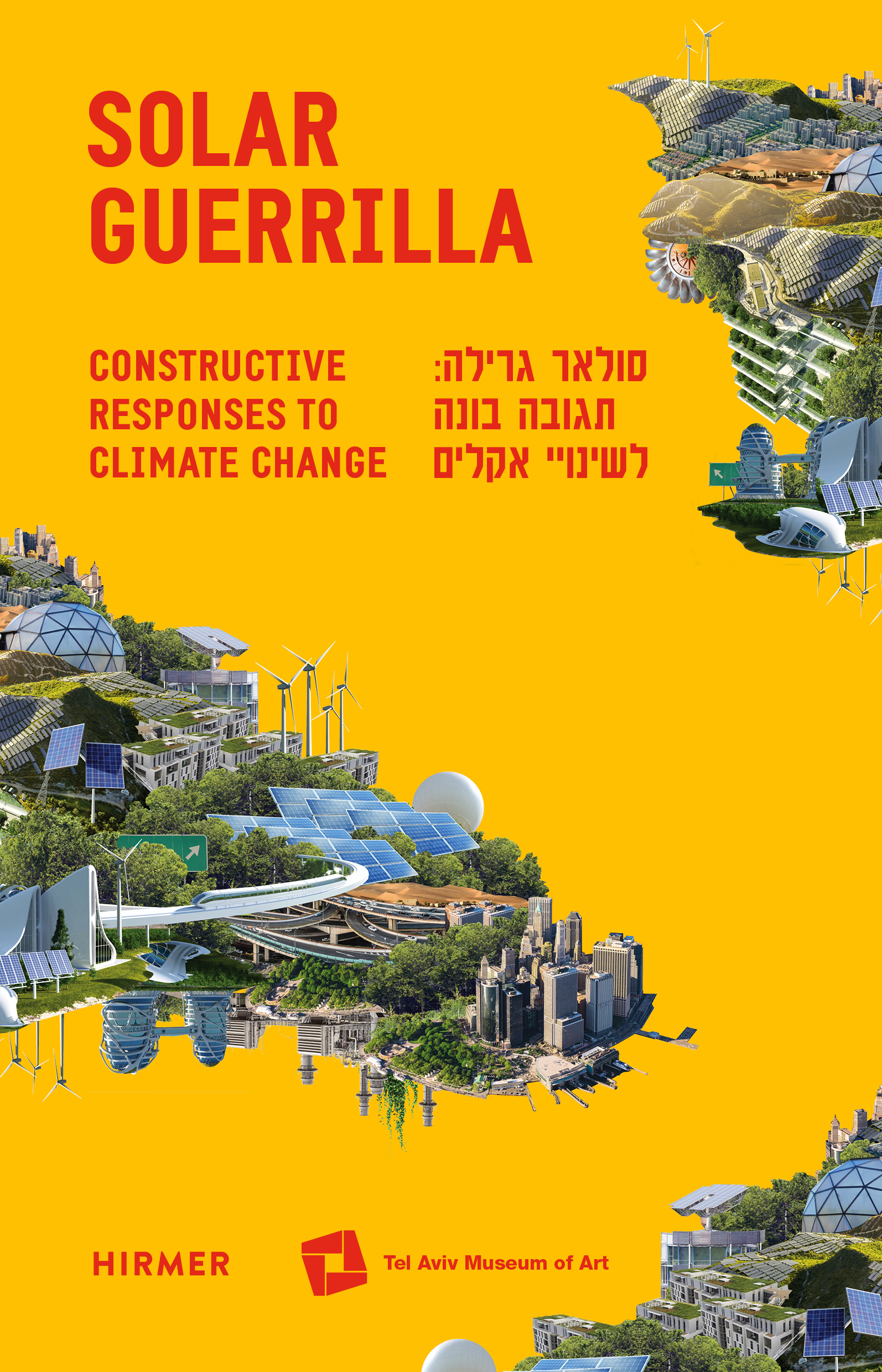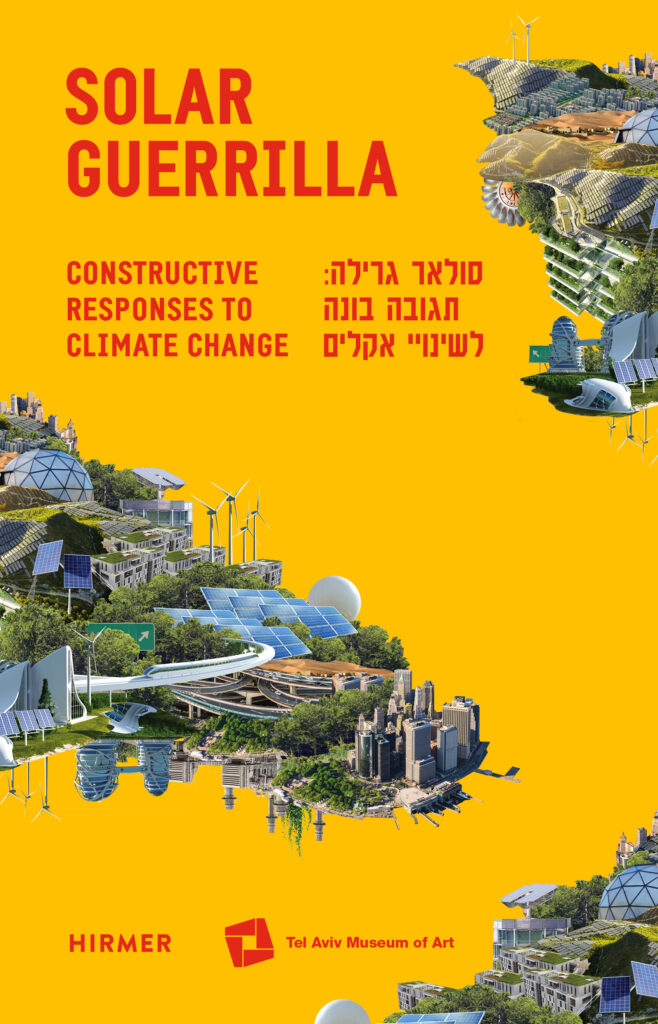July 19, 2019 – December 19, 2010
Tel Aviv Museum of Art will feature the BIG U in their exibition: “Solar Guerrilla: Constructive Responses to Climate Change”
Located at the Tel Avi Museum of Art: מתחם גולדה מאיר, Sderot Sha’ul HaMelech 27, Tel Aviv-Yafo, Israel
As extreme climate phenomena (cyclones, forest fires, rising temperatures) break new records, and as the concentration of carbon dioxide in the atmosphere exceeds all earlier measurements, the destructive impact of industrialization and capitalism on the environment and on humankind is becoming increasingly clear. Scientists have determined that in the absence of significant and vigorous actions to reduce the emission of greenhouse gases, extreme climate events will continue to grow more drastic, and our planet will become less and less friendly to humankind and to other forms of life on Earth. Most people do not make a connection between their everyday habits and the changes occurring in their environment. Decisions such as how to get from one place to another, what and how much to consume, where to live, what to eat, and how to spend our leisure time have a direct impact on the depletion of natural resources and the emission of greenhouse gases. Many of these decisions are obviously conditioned by our surroundings and by the infrastructures and possibilities they offer. For this reason, cities must be viewed as leading agents of change on the road to ensuring a sustainable future. Cities can serve as laboratories for experimenting with solutions and lively hubs for the generation of new ideas, offering fertile ground for collaborations and initiatives. This project is concerned with cities as tools for instigating change.
The exhibition features a range of possible initiatives adapted to specific geographical environments: some of them are currently being implemented in different cities around the world, others will be implemented in the future, and yet others will remain utopian suggestions. Social media sites have been flooded in recent years with calls for taking guerrilla actions. For instance, if you are tired of high electricity bills and of the bureaucracy that is stalling the installment of solar panels, all you have to do – according to anonymous hackers – is to secretly connect the accumulated solar energy to your home’s power grid. Such an action – which is of course dangerous and illegal – raises questions concerning the exploitation of natural resources, which belong to us all.
Similar guerrilla tactics, which have been undertaken around the world, have become, with the passage of time and the development of sustainable technologies, legal “shelf products” that are gradually being assimilated into everyday use. The projects presented in this book are organized into six thematic chapters, whose titles are borrowed from contemporary discourses prevalent among active architectural firms or utopian architects, city planners and landscape architects, activists and the developers of various apps, the environmental departments of municipalities, technology companies, product designers and science-fictions writers. Each chapter presents a professional approach – social, political, environmental, or technological – which promotes a different relationship with our planet.
For more information: https://www.tamuseum.org.il/

